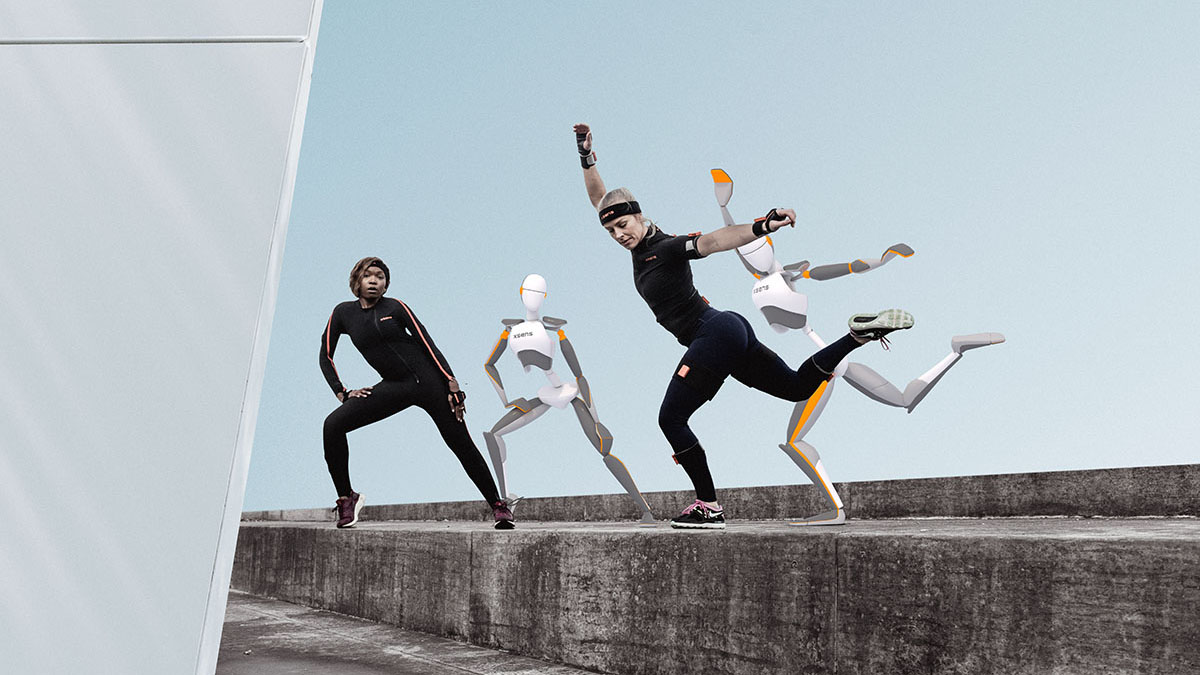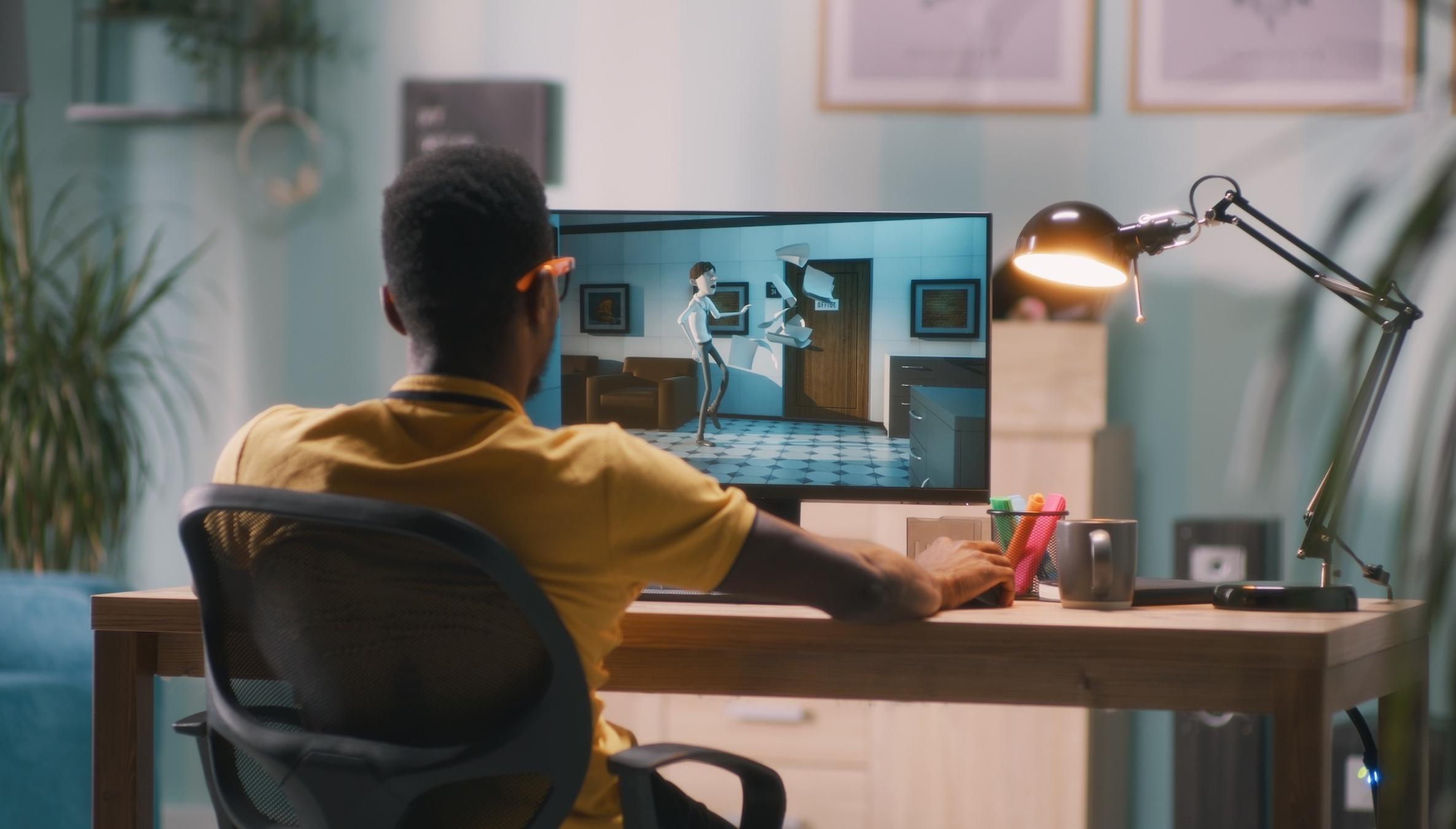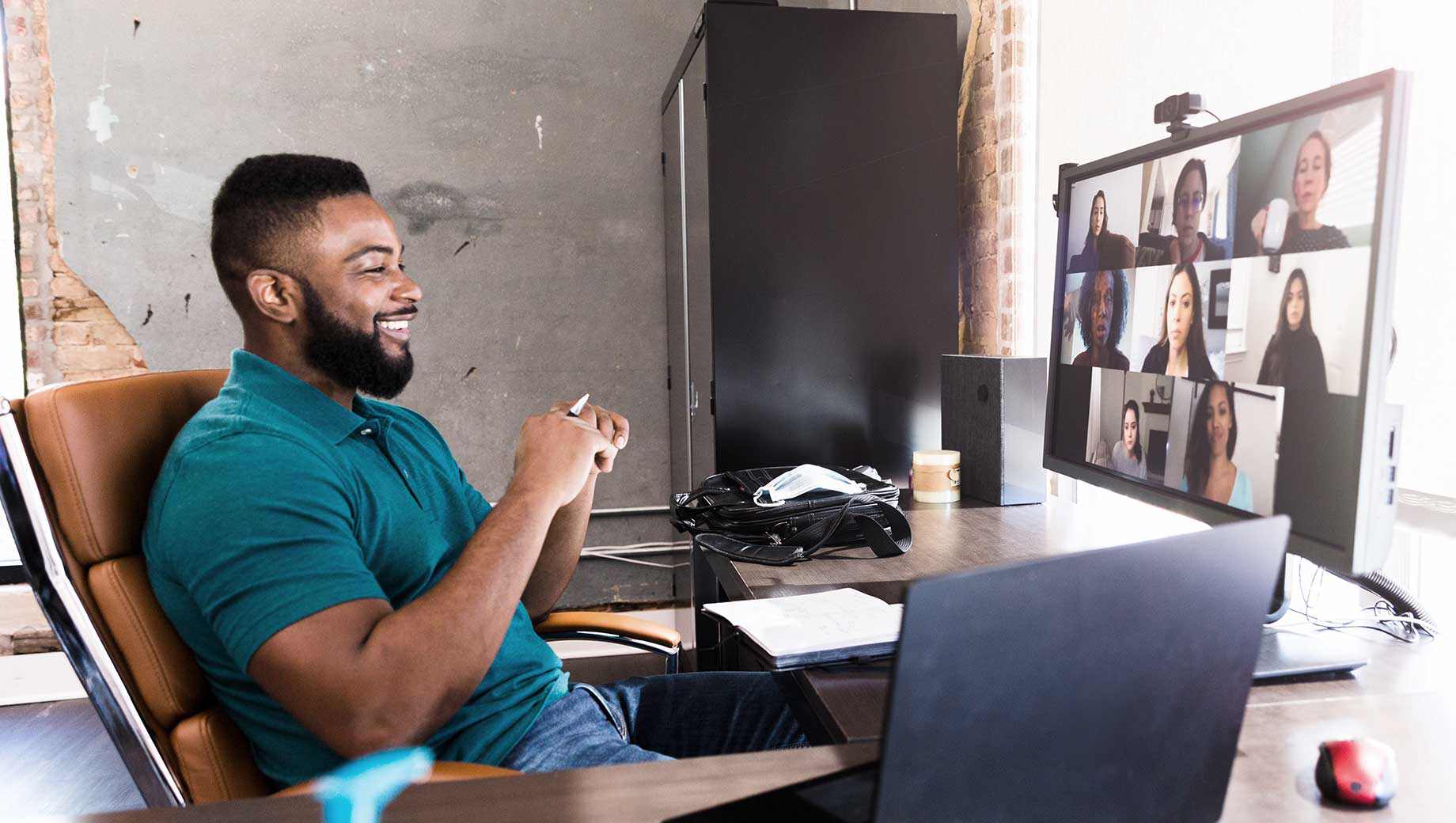Remember the first computer? It weighed more than 27 tons. Technology has come a long way since then, losing most of the clunky hardware. Motion capture has done the same. We’ve already said goodbye to excessive markers, curtains, and cameras thanks to the newest mocap suits. It’s now time to say goodbye to lugging around the rest of the equipment! Let’s dive into remote motion capture.
It’s like traditional mocap, a fascinating corner of hyper-realistic animated projects, but from a distance. Remote motion capture makes realistic animations or cinematics much more accessible and so, could greatly increase any studio’s output.
If you’re already looking for it, we have it in our motion capture services. If not, read on to know more.
The Essentials of Remote Motion Capture
First things first. Let’s go over what remote mocap is, see if it’s any good, and why you might not have heard of it.
What is Remote Motion Capture?
Mocap is a technique that captures real-life movements of actors and maps it on 3D characters. (You can learn more about motion capture’s pros and cons in our previous post.) It’s incredibly efficient for realistic projects, it’s been around for quite a while, and it’s still evolving rapidly. Remote motion capture is simply its latest evolution, where you don’t have to be physically in the studio to have full creative control.
Why Haven’t I Heard of It?
Probably because it’s new! Remote work started gaining speed in 2019, but remote motion capture is even newer due to its many nuances. As a matter of fact, we’re one of the few international companies that can tackle it at a great production capacity!
How Useful Is It?
Very! Imagine sitting anywhere you like, getting any talent you like, and directing your motion capture sessions the way you like. Remote mocap means more flexibility for you and your partner, better access to professionals, and lower prices. We’ll get to the benefits in a bit.
Is It Even Practical?
Yes! The concept is quite sound, so we just need a workflow. We’ll get to the specifics further in the article, but there’s the general workflow in a nutshell.
- You provide a storyboard.
- Your partner provides a previsualization, actors to choose from, and footage of the actors’ performances.
- The mocap session takes place with the director online. (You might also opt to have an assistant director on the set.)
- You get the mocap data in the form you have agreed on.
Remote Motion Capture Benefits
A motion capture session is quite like a movie set and it works great that way. So, why make it remote? There are actually several great reasons, all which fall under three main categories. Let’s take a look at them now!
Highly Budget-Friendly
Remote motion capture is remarkably great when it comes to numbers. It saves thousands of dollars simply by eliminating the need to travel, stay in a hotel, buy equipment, rent a studio, etc. Also, most companies offering remote mocap (including ourselves) do it in countries where great salaries are more affordable compared to expensive European or American countries.
No Location Restriction
Remote mocap is convenient in that it allows your team to work from anywhere. It also enables you to look for artists and experts around the globe, not just in your city or a nearby state. So, you’ll have access to a global talent pool to choose the right people!
Great for Time Limits
No traveling, no booking places, no commute! In addition to cutting expenses, remote capture also saves you and your team a lot of precious time. Spend the same time in production, and you can do more, better scenes!

Remote Motion Capture Pro Tips & Prerequisites
We’ve mentioned in another post that motion capture is a niche; not everybody can do it elegantly and effectively. The same goes for remote motion capture, which can have even more nuances. We have some tips to make sure you make the right decisions.
Real-time Rendering Is a Prerequisite
Your remote sessions should also make use of real-time motion capture technologies. That is, you’ll be seeing both the actors and your characters performing at the same time. Ideally, you’ll also be able to shift camera angles at will.
Real-time motion capture requires heavy-duty hardware, up-to-date capture methods, and considerable resources on your partner’s end. When looking for companies, be sure to ask if they’re up to real-time rendering! Don’t compromise.
Pick & Choose the Extent
Suppose you have a small or medium-sized production. So, your storyboard is probably not too complicated and real-time voiceovers aren’t necessary. You can go fully remote with motion capture!
On the other hand, bigger projects like AAA games could benefit from remote and on-site mocap at the same time! They would probably like to have on-site sessions for the main characters and leave minor characters like miscellaneous NPCs for remote mocap.
Outsource Like an Expert
You’ll likely be working with a studio far away from you, so treat the production like you would any outsourcing project. Here are some quick points to consider in outsourcing.
- Set clear deadlines, workflows, and communication channels.
- Make sure both teams can handle any possible time differences.
- Ensure language barriers are at a minimum.
Find more outsourcing tips here if you need more pointers on the matter.
Determine the Deliverables
There are two groups of data in motion capture: raw and refined. The raw data is received directly from the mocap suits. It’s then mapped out on characters, purified, and tweaked by professionals to get the final, refined data. Almost all of our past mocap clients go for refined data, and you probably should too.
We could also go one step further for you if you’re a video game company! We animate most of our work in the Unreal Engine itself; it’s simply more efficient. You could choose to receive your motion data refined and all set to be used with the engine.

Getting Ready for Remote Motion Capture
Now that we have you intrigued about remote mocap, let’s see what you need to get the most out of it. It’s rather simple:
Step 1: Prepare the Storyboard
A straightforward, comprehensive storyboard is essential to any mocap session, especially when remote. So, sit down with your team and prepare the scenes before you do anything else.
Step 2: Find a Partner
This is a crucial step since your partner will do all the on-site work, from auditions to final animations. Not to brag, but we know our stuff and we could be them!
Step 3: Consult
Tell your partner everything you expect from the project. You could talk about your budget, deadlines, the control you’d like over project specifics like actors or equipment, session times, and more.
Step 4: Prep on Your End
Make arrangements for you and your team to be available with a high-speed internet connection at the agreed-upon times and platforms. Your partner should also give you the choice to pick your own actors. So, expect one or several online sessions to see candidate actors and choose your favorites.
Step 6: Sit Back and Direct
You’re all set! The remote mocap sessions will go as planned and you’ll be there, seeing your characters move, supervising, proposing adjustments, and collaborating on everything else.

Final Word
Although relatively new, remote motion capture is quickly catching on as a promising, exciting field. It eliminates the need for traveling, renting spaces, bulky equipment, and system resources by design. As a result, you’ll be getting more done in less time and with a smaller budget.
Keep in mind that there are also nuances to watch out for. For example, small and medium-sized productions could outsource their mocap entirely, while bigger ones could go for a combination of on-site and remote mocap.
Need remote mocap? Contact us here, and we’ll be in touch!
Author
